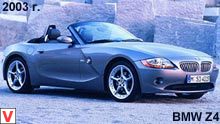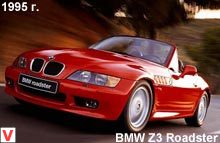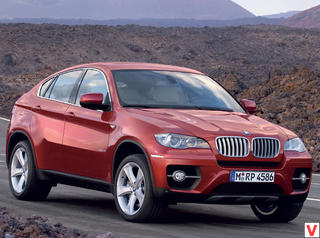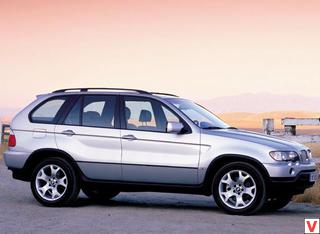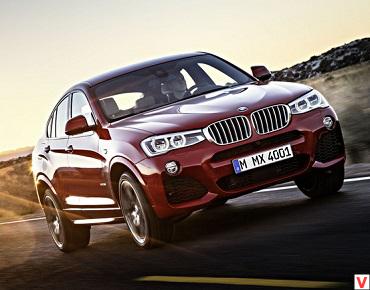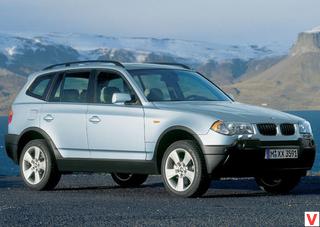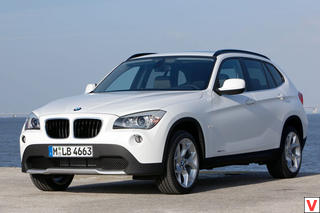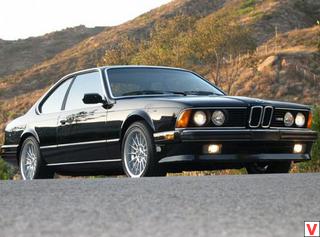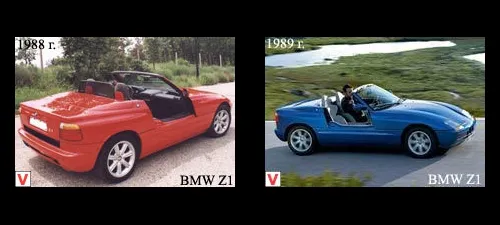
The BMW Z1 is a two-seater roadster developed by BMW Technik GmbH and manufactured by it from July 1988 to June 1991. One of the most interesting projects of concern. The first copy of the "Z1" was shown to the press in 1986, and officially presented in 1987 at the Frankfurt Motor Show.
The development of the car was carried out for more than three years by the internal division of BMW under the direction of Dr. Ulrich Bez (Ulrich Bez). In October 1988, after Ulrich Biez left for Porsche, project management was transferred to Dr. Klaus Faust.
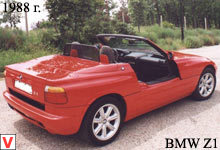
Interest in the new car was so great that the company received about 5,000 orders before it even began production. The first Z1 roadsters, in the manufacture of which manual labor was a significant part, were handed over to customers since January 1989. At the same time, the base price of 80000 DM provided exclusivity. The modern design of the Z1 has overtaken time by several years.
Designers-designers used the most unusual engineering solutions to create this model. The body consisted of a hot-dip galvanized monocoque of stamped and welded sheet steel with a sandwich-type bottom. All exterior plating consisted of screwed plastic elements. The peculiarity of the design are unusual doors that retract into the threshold of the car at the touch of a button (including when moving). The 170-horsepower 2.5-liter inline six-cylinder engine from the BMW 325i was installed on the roadster.
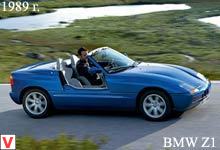
It was located behind the front axle. Acceleration from zero to 100 km / h took 7.9 seconds, and the maximum speed was an impressive 225 km / h. Torque with a five-speed gearbox was transmitted to the rear wheels.
The chassis with sporty tuning consisted of a front suspension on suspension struts from the BMW 3 Series and a completely new, so-called Z-shaped rear suspension. In the basic configuration, all 4 wheels were equipped with disc brakes. In the process of creating the machine, the company received patents for several new technologies. According to the developer Harm Lagay (Harm Lagaay), in particular, the technology of creating xenon lamps, an integrated frame, a door mechanism and a pallet were worked out at the “Z1”. The car was produced only 3 years. The model can be attributed to the exclusive, because it was released in extremely small editions (8,000 copies).
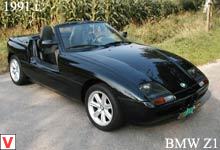
Many tuning studios involved in BMW have introduced Z1 tuning services into their model range - from the “tuning” of a serial motor to the implantation of a new one. For example, In 1995, Kelleners-sport offered its customers to install on the Z1 the S50 series motor from the M3 3.0 E36 model. The upgrade also affected the steering, cooling and suspension systems. If the client wanted more than 286 hp, there were two options for further refinement. First. Installing a special exhaust system and reprogramming the motor control unit. This gave an increase of 7 hp Second.
It includes the first stage, in addition: replacing camshafts with new ones that provide greater valve travel, again reprogramming the engine management system, installing forged pistons, increasing the compression ratio, processing the cylinder head. The result - 330 hp cooling and suspension systems. If the client wanted more than 286 hp, there were two options for further refinement. First. Installing a special exhaust system and reprogramming the motor control unit. This gave an increase of 7 hp Second.
It includes the first stage, in addition: replacing camshafts with new ones that provide greater valve travel, again reprogramming the engine management system, installing forged pistons, increasing the compression ratio, processing the cylinder head. The result - 330 hp cooling and suspension systems. If the client wanted more than 286 hp, there were two options for further refinement. First. Installing a special exhaust system and reprogramming the motor control unit. This gave an increase of 7 hp Second.
It includes the first stage, in addition: replacing camshafts with new ones that provide greater valve travel, again reprogramming the engine management system, installing forged pistons, increasing the compression ratio, processing the cylinder head. The result - 330 hp reprogramming the engine management system again, installing forged pistons, increasing the compression ratio, processing the cylinder head. The result - 330 hp reprogramming the engine management system again, installing forged pistons, increasing the compression ratio, processing the cylinder head.

